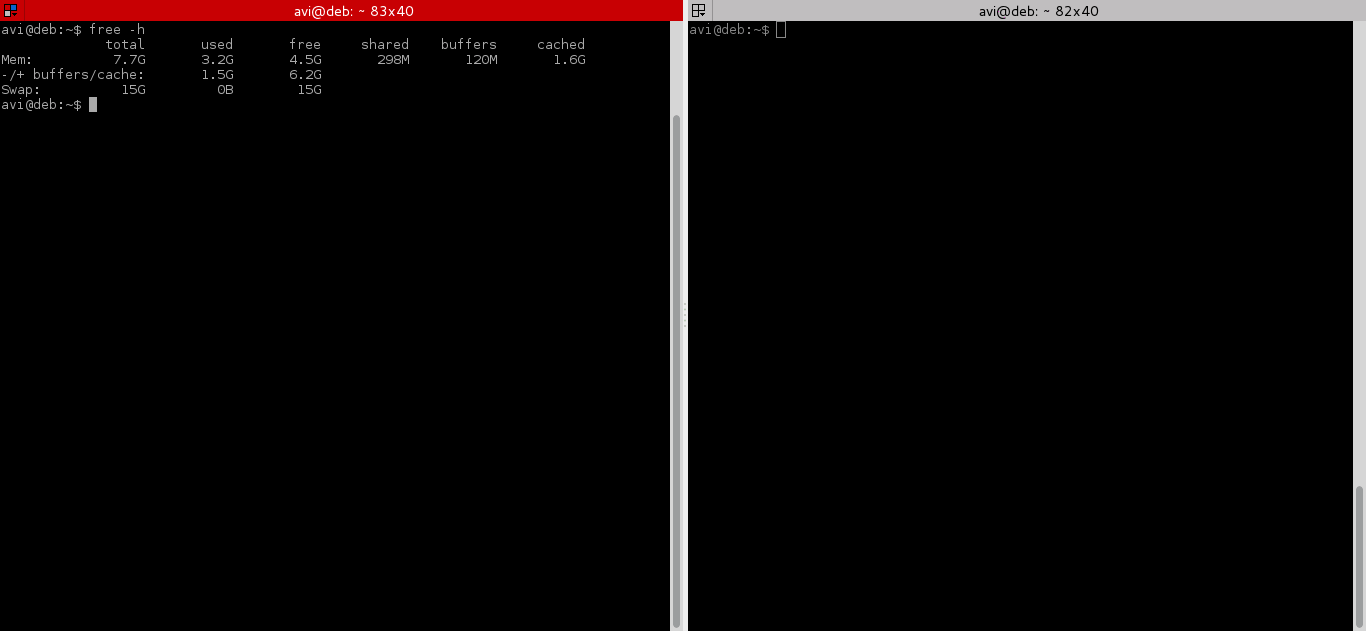A port is a logical entity that represents an endpoint of communication and is associated with a given process or service in an operating system. In previous articles, we explained how to find out the list of all open ports in Linux and how to check if remote ports are reachable using the Netcat command.
Linux Commands - Page 2 of 5 - DesignLinux
10 Commands to Collect System and Hardware Info in Linux
It is always a good practice to know the hardware components of your Linux system is running on, this helps you to deal with compatibility issues when it comes to installing packages, drivers on your system using yum, dnf, or apt. 10 Commands to Check Hardware and System Information in Linux Therefore in these tips
10 sFTP Command Examples to Transfer Files on Remote Servers in Linux
File Transfer Protocol (FTP) was a widely used protocol to transfer files or data remotely in an unencrypted format which is not a secure way to communicate. As we all know that File Transfer Protocol is not at all secure because all transmissions happen in clear text and the data can be readable by anyone
How to Find Out Top Directories and Files (Disk Space) in Linux
As a Linux administrator, you must periodically check which files and folders are consuming more disk space. It is very necessary to find unnecessary junk and free up them from your hard disk. This brief tutorial describes how to find the largest files and folders in the Linux file system using du (disk usage) and
How to Kill Linux Process Using Kill, Pkill and Killall
Linux Operating System comes with a kill command to terminate a process. The command makes it possible to continue running the server without the need to reboot after a major change/update. Here comes the great power of Linux and this is one of the reasons, why Linux is running on 96.4% of servers, on the
10 Useful du (Disk Usage) Commands to Find Disk Usage of Files and Directories
The Linux “du” (Disk Usage) is a standard Unix/Linux command, used to check the information of disk usage of files and directories on a machine. The du command has many parameter options that can be used to get the results in many formats. The du command also displays the files and directory sizes in a
13 Basic Cat Command Examples in Linux
The cat (short for “concatenate“) command is one of the most frequently used commands in Linux/Unix-like operating systems. cat command allows us to create single or multiple files, view content of a file, concatenate files and redirect output in terminal or files. In this article, we are going to find out the handy use of
How to Clear RAM Memory Cache, Buffer and Swap Space on Linux
Like any other operating system, GNU/Linux has implemented memory management efficiently and even more than that. But if any process is eating away your memory and you want to clear it, Linux provides a way to flush or clear ram cache. Find Top 15 Processes by Memory Usage in Linux Find Top Running Processes by
15 Useful “ifconfig” Commands to Configure Network Interface in Linux
ifconfig in short “interface configuration” utility for system/network administration in Unix/Linux operating systems to configure, manage and query network interface parameters via command-line interface or in a system configuration scripts. [ You might also like: 22 Linux Networking Commands for Sysadmin ] The “ifconfig” command is used for displaying current network configuration information, setting up
35 Practical Examples of Linux Find Command
The Linux find command is one of the most important and frequently used command command-line utility in Unix-like operating systems. The find command is used to search and locate the list of files and directories based on conditions you specify for files that match the arguments. find command can be used in a variety of







